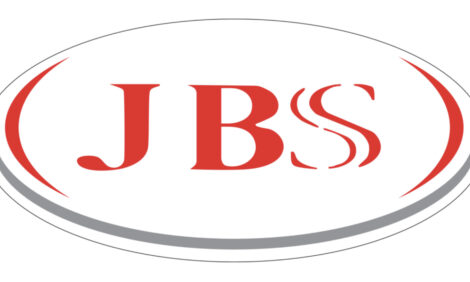



USDA launches pilot cattle contracts library
The library will increase market transparency for cattle producersThe US Department of Agriculture (USDA) launched its pilot Cattle Contracts Library on the Agricultural Marketing Service (AMS) Cattle Contract Library webpage earlier this week. The aim is to create a pilot library that increases market transparency for cattle producers. The library will provide new disclosure to the industry and public regarding the key terms, conditions, and volumes under which cattle are contracted, bringing sunshine to practices in what is now the largest part of the cattle market. According to the USDA press release, it will empower cattle producers to negotiate better terms, more carefully monitor risks relating to marketing preferences and pricing practices, and ultimately take better advantage of market opportunities to produce cattle that the market demands.
“USDA is committed to creating a more level playing field for cattle producers and a more balanced, equitable economy for everyone working in food and agriculture,” Agriculture Secretary Tom Vilsack said. “The Cattle Contracts Library Pilot Program supports this commitment by providing producers with the market information they need to make informed production, marketing, and business decisions.”
“With this Cattle Contract Library pilot, America’s ranchers will enjoy an exciting new window into market opportunities and trends in cattle contracts, one of the most critical parts of the cattle marketplace,” said USDA’s Under Secretary for Marketing and Regulatory Programs Jenny Lester Moffitt. “Transparency is the foundation of fair and competitive markets and critical for producers seeking to grow economic opportunities. As we continue to lay the groundwork for more and better markets, USDA looks forward to working with all stakeholders and Congress to enable this pilot library to deliver meaningful and lasting value to producers.”
The library will have the same look and feel as the working library model developed and shared with stakeholders last year but will now be populated with information from active contracts. Packers that slaughtered an average of not less than 5% of the number of fed cattle slaughtered nationally during the immediately preceding five calendar years were required to submit this information to AMS, as outlined in a final rule published Dec. 7, 2022, and that became effective on Jan. 6, 2023.
The initial release of the library will allow users to browse a range of terms and information contained in active contracts used for the purchase of fed cattle. In addition to active contracts in use, the library will provide information on terms most commonly used in cattle contracts, such as base price determination, base price adjustments and selling basis options; contract specifications for such things as quality, yield, breed, weight, delivery, financing, profit/risk-sharing, and more (where present in a contract); and the full range of premiums and discounts used in final price determination.
Upcoming enhancements to the library will display information on the number of head of cattle moving through current contracts defined by contract base price source, including the actual numbers for the prior month and estimates for the current month. Additionally, volume information by contract specification for quality, breed, weight, source-verified and others will provide users with information about how often each specification is used. During the term of the pilot, AMS expects to further enhance transparency through additional reports and features as they are developed, subject to confidentiality.
With the library, producers will be able to see a much more complete picture of marketing practices and trends, including upcoming volumes. This transparency will empower producers to take advantage of new economic opportunities, improve their marketing strategies, and manage risks relating to contractual terms including pricing references on which they rely. AMS will conduct a series of meetings and webinars in the coming weeks and months to help stakeholders understand how to use the pilot library.



